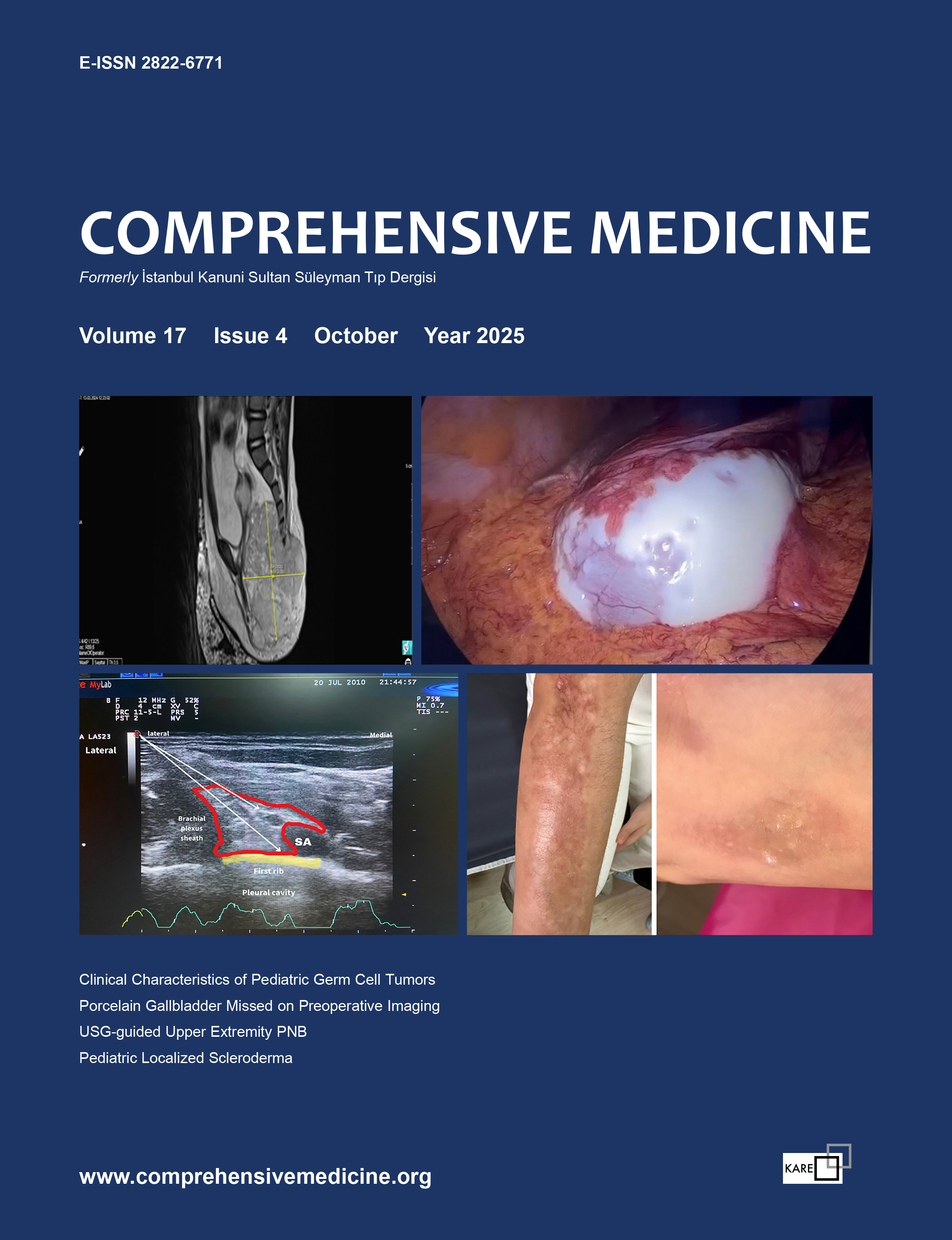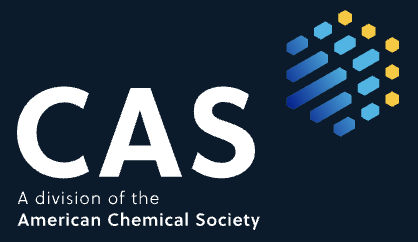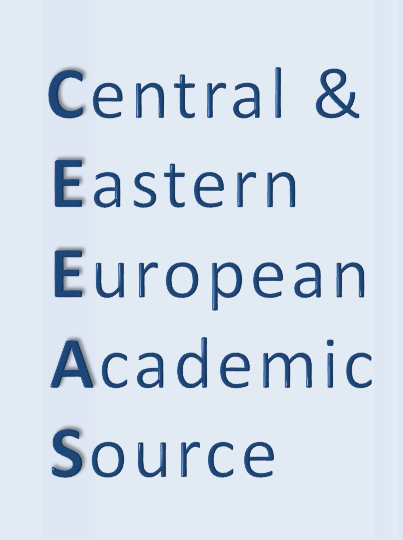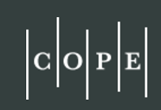Acute Scrotum
Seyithan Özaydın, Yusuf Hakan ÇavuşoğluHealth Sciences University Ankara Dr Sami Ulus Maternity, Child Health And Diseases Training And Research HospitalINTRODUCTION: Scrotum swelling, painful and hyperemic state is called acute scrotum (AS). The aim of this study was to evaluate the results of diagnosis, treatment and follow-up of AS patients.
METHODS: The records of 38 cases who were admitted to our clinic with AS between May 2005 and July 2007 were reviewed retrospectively.
RESULTS: The smallest of the cases was 7 years old and 16 years old. 13 (34.2%) testicular torsion (TT), 16 (42.1%) epididymo-orchitis (EO), 5 (13.1%) appendix torsion (AT), 2 (5.2%) acute idiopathic scrotal Edema (AİSE) was 1 (2.6%) infected infectious cyst (EEK) and 1 (2.6%) traumatic scrotal hematoma (TSH).
Doppler ultrasonography (DU) was performed in 29 (76.3%) patients. 9 (23.7%) were operated without DU. Of these, 4 (44.4%) were TT, 2 (22.2%) were EO and 3 were AT (33.3%).
Four of the 13 TT cases were neonates and 5 had undescended testis. Five of the patients (38.4%) were extravaginal and 8 (61.5%) were intravaginal. 7 (53.8%) orchiectomy and 6 (46.1%) detorsion and testicular fixation were performed. However, 3 (50%) of these patients had atrophy.
Urinary symptoms were not observed in 18.7% of patients with EO and urinary ultrasonography did not show any additional pathology. In addition, EO was associated with a systemic infection of 31.2%.
DISCUSSION AND CONCLUSION: A detailed history, physical examination, and imaging modalities are often possible for the differential diagnosis of AS, but if the tests are to take a long time, the direct operation of the patient is critical to the recovery of the testis.
Keywords: Acute scrotum, testicular torsion, epididymo-orchitis, torsion of the appendix
Akut Skrotum
Seyithan Özaydın, Yusuf Hakan ÇavuşoğluSağlık Bilimleri Üniversitesi Ankara Dr Sami Ulus Kadın Doğum, Çocuk Sağlığı Ve Hastalıkları Eğitim Ve Araştırma HastanesiGİRİŞ ve AMAÇ: Skrotumun şiş, ağrılı ve hiperemik hale gelmesine akut skrotum (AS) denir. AS olgularımızın tanı, tedavi ve takip sonuçlarının literatür eşliğinde değerlendirilip sunulması amaçlanmıştır.
YÖNTEM ve GEREÇLER: Mayıs 2005-Temmuz 2007 arasında kliniğimize AS nedeniyle başvuran 38 olgunun dosyaları geriye dönük olarak incelendi.
BULGULAR: Olguların en küçüğü 7 günlük en büyüğü 16 yaşındaydı. 13’ü (%34.2) Testis torsiyonu (TT), 16’sı (%42.1) Epididimo-Orşit (EO), 5’i (%13.1) Apendiks Torsiyonu (AT), 2’si (%5.2) Akut İdiopatik Skrotal Ödem (AİSÖ), 1’i (%2.6) Enfekte Epididim Kisti (EEK), 1’i (%2.6) Travmatik Skrotal Hematom (TSH)’du.
Olguların 29’una (%76.3) Doppler Ultrasonografi (DU) yapıldı. 9’u (%23.7) DU yapılmadan ameliyata alındı. Bunların 4’ü (%44.4) TT, 2’si (%22.2) EO, 3’ü AT (%33.3) olarak saptandı.
On üç TT olgusunun 4’ü yenidoğan iken 5’inde inmemiş testis bulgusu mevcuttu. Ameliyat edilenlerin 5’i (%38.4) ekstravajinal, 8’i (%61.5) intravajinaldi. 7’sine (%53.8) orşiektomi, 6’sine (%46.1) detorsiyon ve testis fiksasyonu yapıldı. Ancak bunların 3’ünün (%50) atrofiye gittiği belirlendi.
EO olgularında %18.7 oranında idrar yakınması bulguları mevcutken hiçbirinin idrar kültüründe üreme olmadı ve üriner ultrasongrafilerinde ek patoloji saptanmadı. Ayrıca EO %31.2 oranında sistemik bir enfeksiyona eşlik etmekteydi.
AT olgularının sadece birinde (%20) mavi nokta bulgusu saptanırken dördü (%80) testis, biri (%20) epididim AT idi.
TARTIŞMA ve SONUÇ: Ayrıntılı bir hikaye, fizik muayene ve görüntüleme yöntemleriyle AS ayırıcı tanısı çoğunlukla mümkündür ancak tetkikler uzun zaman alacaksa hastanın doğrudan ameliyata alınması testisin kurtarılması açısından kritik öneme sahiptir.
Anahtar Kelimeler: Akut skrotum, testis torsiyonu, epididimo-orşit, apendiks tosiyonu
Manuscript Language: Turkish






















